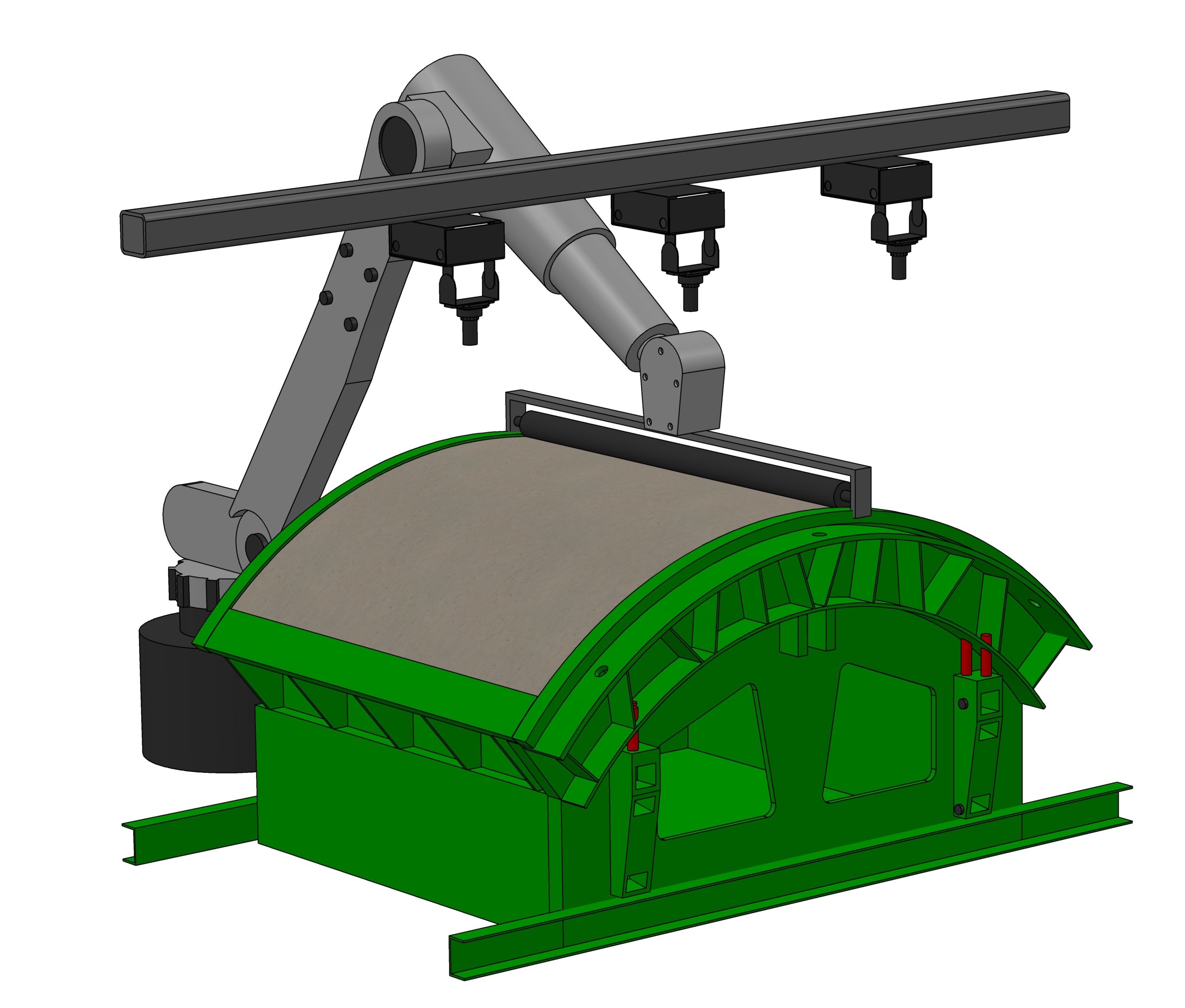Author
David Fehrenbach
David is Managing Director of preML and writes about technology and business-related topics in computer vision and machine learning.
We recently developed three computer vision systems to automate quality inspections in the precast concrete industry. Our system thereby overtakes the complex task of quality inspection in different production steps of precast concrete elements. The system and models are tailor-made for each customer by combining machine learning algorithms and an edge device to implement a fast, robust, and real-time defect detection on image data.
The Precast Concrete Industry
Although the majority of concrete is still transported to the construction site as fresh concrete, the use of prefabricated components in construction growing steadily. This includes precast concrete elements, concrete products and cast stone for residential and commercial construction, for road construction, gardening and landscaping, for civil engineering and drainage. There are an estimated 1000 companies producing precast concrete elements only in Germany and the range of products and their quality requirements highly vary between them.
Use Cases in the Precast Factory
I think it’s impossible to generalize the production process of the full precast industry, so I am going to keep it as followed: concrete in form (moulding), wait (curing), take the element out (demoulding), and transport to the site. From my point of view, there are mainly three phases in a precast factory where an automated quality inspection with computer vision (CV) can bring value:
Phase 1: When a form is filled with concrete, there might be some kind of steel reinforcement and other mounting parts. A CV application can monitor this process and alert in the case of missing parts or deviations.
Phase 2: If the form is open on one side, it is possible to observe the wet concrete surfaces for evenness and quality
Phase 3: The final check: After demoulding, the final quality check of the element can be done with a CV application.
We have not done a project for phase 1 yet, but I can give concrete (this time in the sense of specific 
One of our clients uses a robot to automatically screed the surface of his elements. Our CV systems check the evenness after screeding and alert if the robot has a bad day doing so.
We also work for a producer of quality inspection systems for small concrete products like cast stones. He does a full checkup of the stones from height measurement to crack and spalling detection.
The gold standard is our last use case: Herein, the CV system performs the final check for concrete tunnel segments before being built into the tunnel.

A camera system checks the evenness of the concrete surface after screeding.
Overall, we found quite the same requirements in our projects, but with different priorities and accuracies:
- Cracks from early curing, cement problems, and handling
- Spallings from stripping, handling, transport, poor concrete quality
- Surface irregularities (pores and rocks)
- Documentation of elements status at “Point XY”
- Missing installation parts (the classic one)
- And on the other hand: things which shouldn’t be there…
And we also found similar values for our clients:
- When our system recognizes anomalies from the defined rules, an alert process or action can be quickly performed leading to savings in material, energy, downtime, and expenditure
- A CV inspection provides a standardized and systematic quality process that is reported automatically and is transparent towards their own clients
- Our system is fast enough to be integrated into productions’ cycle time without big adjustments in the current production process.
Maximizing the value, we create
For a complete overview of the topic, I also want to talk about beneficial and unbeneficial factors for the implementation of automated quality control in your factory.
To my personal surprise, it is quite common to have stationary production, which means the forms are fixed in a large production hall and the concrete comes to the forms. Moving CV systems are usually more difficult to realize, which means more expensive and unbeneficial, while line or carousel production is beneficial.
Contamination and water are an issue, not only on the camera systems but also on the parts because it’s detected as an anomaly. Clean parts and production areas are helpful and lead to higher accuracies as well as lower maintenance costs.
High-volume manufacturing clearly benefits the project. We have less adaption cost and do not need to define rules for variations and exceptions. High product variations are unbeneficial, we currently work on a way to allow more product variations by automatically reading their CAD files
Use Case in your factory? Get your free feasibility study!
I won’t lie, it might be difficult to digitize your quality control in precast concrete production, but we did it before. Get in touch with us, and we lead you through the process, starting from a free feasibility study for your use case.
Contact us at contact@preml.io or connect with me on LinkedIn
Autor
David Fehrenbach
David is Managing Director of preML and writes about technology and business-related topics in computer vision and machine learning.